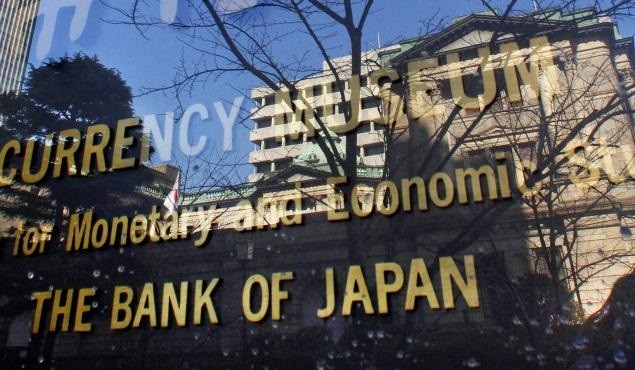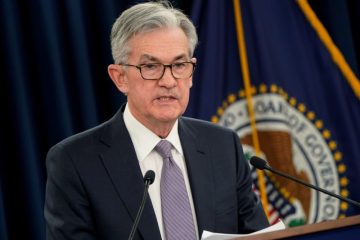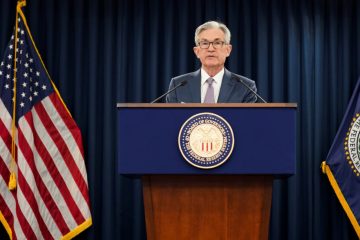Japan face a difficult task to stop the decline of the yen

Japan’s government has been cautioned by currency traders that it will need to take repeated action to support the struggling yen, as economic factors suggest that additional fall is expected.
The value of the yen experienced a rapid and significant increase on Monday during the Asian trading session, despite the fact that the country’s markets were closed for a holiday. The decision sparked conjecture that Japanese authorities had exhausted their tolerance for the decline and followed through on their promises to intervene in order to bolster it. The currency has depreciated by around 10% this year compared to the US dollar, which is the highest depreciation among the Group-of-10 countries. It reached a 34-year low of 160.17 per dollar immediately before the sudden rebound on Monday.
Traders and strategists argue that the challenge for Japanese Prime Minister Fumio Kishida’s government is that whatever action they undertake may require long-term commitment. This is particularly true as markets are preparing for the Federal Reserve to emphasize this week that it plans to maintain higher interest rates for an extended period, enhancing the attractiveness of the dollar.
Yusuke Miyairi, a foreign-exchange strategist at Nomura International Plc, stated that returning to a value of 160 is quite likely, unless there are improvements in the macroeconomic circumstances. Monday’s trade in the yen indicates that the market is not overly concerned about opposing the Japanese Ministry of Finance (MOF) about the currency. The MOF is responsible for overseeing the country’s foreign-exchange policies.
The yen experiences a significant increase in value after previously declining to a rate of 160 yen per dollar. Speculation arises over intervention due to the currency’s recovery. On Tuesday, Masato Kanda, Japan’s highest-ranking currency official, did not disclose if the authorities had intervened in the market. Any disproportionate foreign exchange fluctuations that are motivated by speculation would have an adverse effect on the economy, and he will implement suitable measures to mitigate such fluctuations.
Citigroup Inc. analysts forecast that the yen would remain within a narrow range of 155-to-160 per dollar when Federal Reserve policymakers convene on Tuesday and Wednesday, and investors assess crucial economic data to determine if the US economy is weakening.
As of 9:39 a.m. in Tokyo, the yen was trading at around 156.59 per dollar. Following a mid-day jump in New York, the currency saw a brief period of increased value, which sparked a discussion on whether Japan had intervened during US trading hours.
The increase was rather modest compared to what was observed in the Asia timezone, and several analysts attributed it to anxious markets following discussions about potential intervention that occurred overnight.
Cameron Crise, a macro strategist, suggests that although official confirmation may be delayed, it appears that we may consider this as a successful outcome for the intervention scorecard.
The yen is currently on track to decline for a consecutive fourth month. Traders found a new incentive to sell following the Bank of Japan’s decision last week to maintain its benchmark interest rate range at 0% to 0.1%, as anticipated, and abstain from indicating a decrease in its bond acquisitions. Meanwhile, it is anticipated that the Federal Reserve in the United States would maintain interest rates at a level around five percentage points higher than the current rate until the fourth quarter.
According to Leah Traub, a portfolio manager at Lord Abbett & Co., the yen has been closely tracking the interest rate difference between the United States and Japan this year.
Although it appeared that officials intervened on Monday, any effects from such impromptu intervention will be quite brief, as stated in an email. “In order to prevent further depreciation, the Bank of Japan (BOJ) and the Ministry of Finance (MOF) will need to modify their guidance by reducing bond purchases and/or raising interest rates.”
Given the current economic conditions in the US, their mission is likely to become more challenging in the coming days. According to Bloomberg Economics’ analysis, there is a possibility of the Federal Reserve sending more hawkish signals in the near future, potentially as early as this week.
The economic data this week will be crucial. The emphasis will be on the US April employment data scheduled to be published on Friday. If there is evidence of a decline in strength, it could lead to the belief that the Federal Reserve will implement policy measures to stimulate the economy sooner than what the markets now predict. It is anticipated that the data would indicate a deceleration in job growth for this month, while still maintaining a strong level.
Nomura’s Miyairi suggests that implementing a lenient non-farm payroll (NFP) policy might potentially save the Ministry of Finance (MOF).
Japanese officials face a challenging task in trying to support their currency, with indications suggesting a difficult and arduous journey ahead.
According to Tom Fitzpatrick, the managing director of global markets insights at R.J. O’Brien & Associates, the most significant error in intervention without policy support is establishing a clear and inflexible boundary.
According to him, this situation could be advantageous for Japanese portfolio managers to acquire US fixed-income assets without hedging, under the assumption that the dollar will either maintain its strength or increase in value. “This is a boon for Japanese investors,” he stated.




